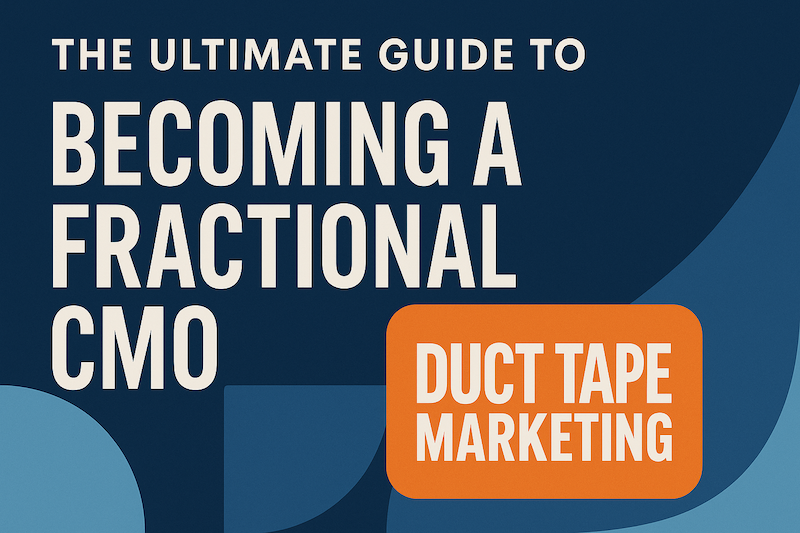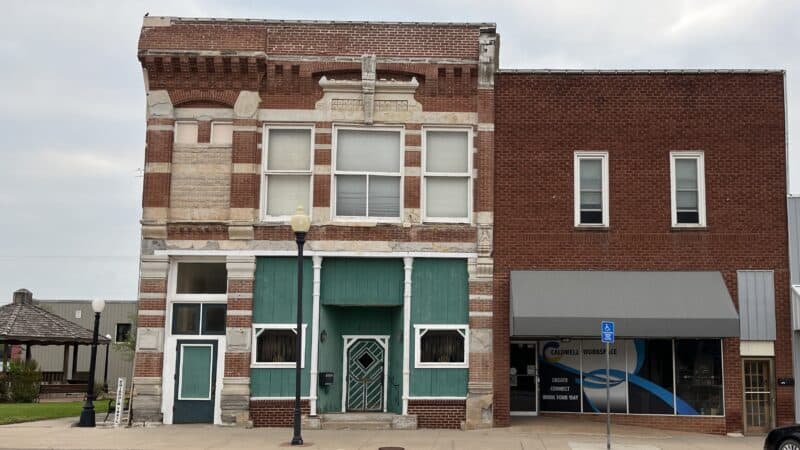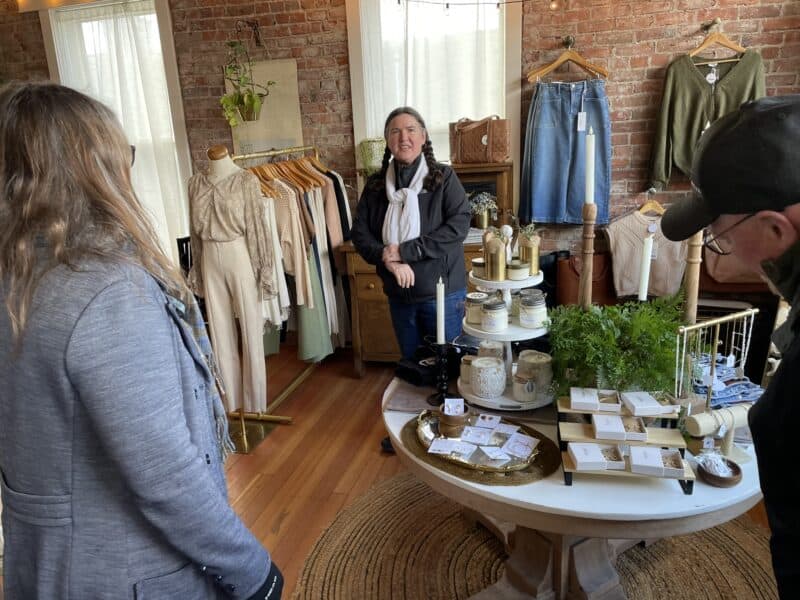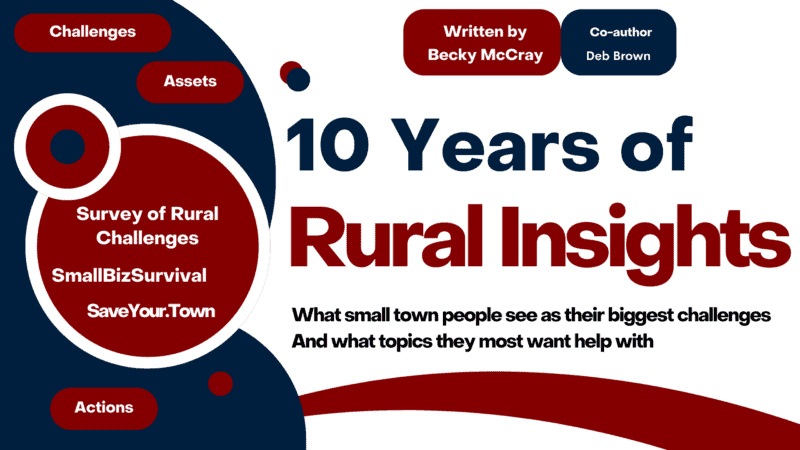By Stephanie Ward, Firefly Coaching Caring isn’t something you can do if you’re only using it as a tactic. You can’t fake caring, either you do or you don’t. The good news is that we all have the capacity to care. It’s a state of being that you can tap into, just like gratitude. We […]
By Stephanie Ward, Firefly Coaching
Caring isn’t something you can do if you’re only using it as a tactic.
You can’t fake caring, either you do or you don’t.
The good news is that we all have the capacity to care.
It’s a state of being that you can tap into, just like gratitude.
We would probably be more caring, more often, if we just thought about it.
Like anything, it has to be a priority, something you are consciously thinking about and want to do.
So how can you show potential clients, your current clients, and the people in your network that you care?
Here are some ideas to get you started.
1) Listen
We all want to be heard. My favorite habit from Stephen Covey’s book, The 7 Habits of Highly Successful People, is Habit #5: First seek to understand, then to be understood.
Listen deeply to people when you communicate with them. Make sure they feel that you hear them and clearly get what they are saying.
2) Ask How It’s Going
Ask your clients about their experience with your products and services. Ask them if they are satisfied, if they are receiving what they expected.
If things aren’t up to snuff, do everything you can within your power to make the situation right. And then do even more to exceed their expectations.
3) Offer Help
If you see that someone is struggling with something, offer to help.
Can you share a resource that will help? Make an introduction? Review something?
Being helpful is a wonderful way to show you care.
4) Check In
Check in with people for no reason other than to say hello and see how they are doing.
You can drop a note in the post, call, or send an email.
5) Give Support & Encouragement
If you know someone has an upcoming event, book launch, speaking gig, or an equivalently big deal on the horizon – send them a message of encouragement.
Caring about the success of others is fun and easy to do.
6) Share Their Work
As the Salvation Army says, Sharing is Caring. If you care about someone, and the work she is doing, share it.
Social media makes it a piece of cake to do. So take a few minutes to share the creations of others.
7) Keep Your Promises
In business, your word is everything. Caring about someone means keeping your promises.
Keeping your promises builds trust and lets people know they can count on you.
8) Say Thank You
If someone does something kind for you, show you care by saying thank you.
Showing your appreciation goes a long way and yet, it’s another thing we sometimes forget to do.
The funny thing about caring about people is that in your effort to give, you will also receive. It feels good.
How do you show people you care?
© Stephanie Ward, reprinted by permission
Photo PD by Alex Starnes, via nappy
Stephanie Ward is the Marketing Coach for Entrepreneurs who want to create meaningful and prosperous businesses. Grab your FREE copy of the special report ’7 Steps to Attract More Clients in Less Time’ plus business building tips, at: .
Which one of these ideas will you try? How do you show your clients you care? Share your experiences, thoughts, and questions in the comments section below.









